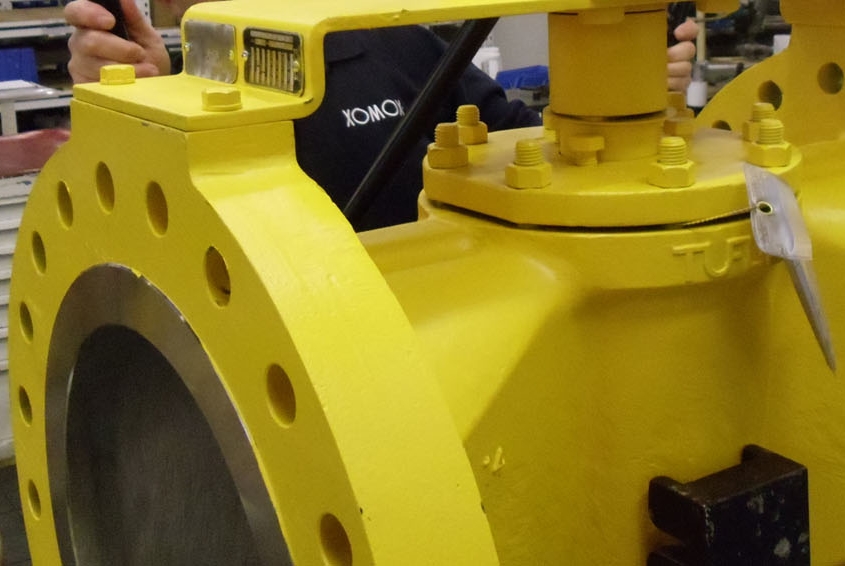ABOUT TP410
Crane was founded in 1855 by one man, Richard Teller Crane, who built his company on a set of values that have guided its employees for over 160 years. Since then, Crane has been the world’s leading innovator and pioneer of practical flow control solutions, addressing and exceeding the needs of the industry, enabling customers to operate better, faster and safer.
With a heritage of innovation built upon a dedication to technical design and manufacturing excellence, combined with standards and values that center on honesty and fairness, it’s no wonder the company was behind such an influential and educational publication as the TP-410. It was Crane that realized the importance of truly understanding the principles behind the flow of fluids in order to effectively design piping systems and properly select the most appropriate valves, pipes and fittings for that system. The TP-410 was a product of this discovery that would help engineers for years to come, its relevance never weakening as new applications and environments were explored. In recent years, the global industrial base has continued to expand and fluid handling is still at the heart of new, more complex processes and applications.
Today, almost every conceivable fluid is handled in pipe during its production, processing, transportation, or utilization. In the current decade of new technologies, heat-transfer fluids from solar plants, mineral slurries, and new chemical compounds process pressures and temperature much more extreme than ever before. And as new technologies, fluids and applications were introduced to the industry, the TP-410 provided updates, adding new chapters and technical references. The current edition consists of seven chapters that cover the theory and calculation methods used in the design of piping systems as well as the sizing and selection of valves, pumps and fittings, and is published in two versions Metric (using SI units) and ASME.
A Flow of Fluids website was created at www.FlowofFluids.com, which offers users a suite of web-based tools to solve equations found in the paper. Nomographs that were originally printed in hard copy were replaced online with new calculators, facilitating the work for its users by providing a more efficient means of performing these same calculations. Such calculators include head loss, pressure drop, power required for pumping, gas volume and density, equivalents of resistance, flow through nozzles, flow through orifices and unit convertors. Additional content and updates were incorporated into a new version of TP410 and the website provides up-to-date errata for all versions
purchased since 2009 so users can always receive updates on edits as they’re made.
But the TP-410 is just one example of Crane’s technical heritage. As an integrated fluid handling solutions provider, Crane is well equipped to
deal with complex global projects and all requirements related to those projects across the chemical, power, oil & gas, refining, utilities, nuclear,
biotechnology and pharmaceutical marketplaces. Its extensive product portfolio consists of products that span the industry, including check
Pressure Drop – Darcy-Weisbach Method
Flow of Fluids uses the Darcy-Weisbach method for calculating the pressure drop in a pipeline. This method assumes the density of the fluid is constant in the pipeline. The Crane Technical Paper 410 states that the Darcy-Weisbach method provides satisfactory results under the following conditions:
If the calculated pressure drop is less than 10% of the inlet pressure, then reasonable accuracy will be obtained if the density used for the fluid is based upon either the upstream or the downstream conditions.
If the calculated pressure drop is greater than 10%, but less than 40% of inlet pressure, reasonable accuracy can be achieved using the density based on the average of the upstream and downstream conditions. For pressure drops larger than 40%, use a method that incorporates the compressibility of the gas. In addition, some resources indicate that the Mach number must not exceed 0.1 to 0.2 in order for compressibility effects to be assumed negligible.



